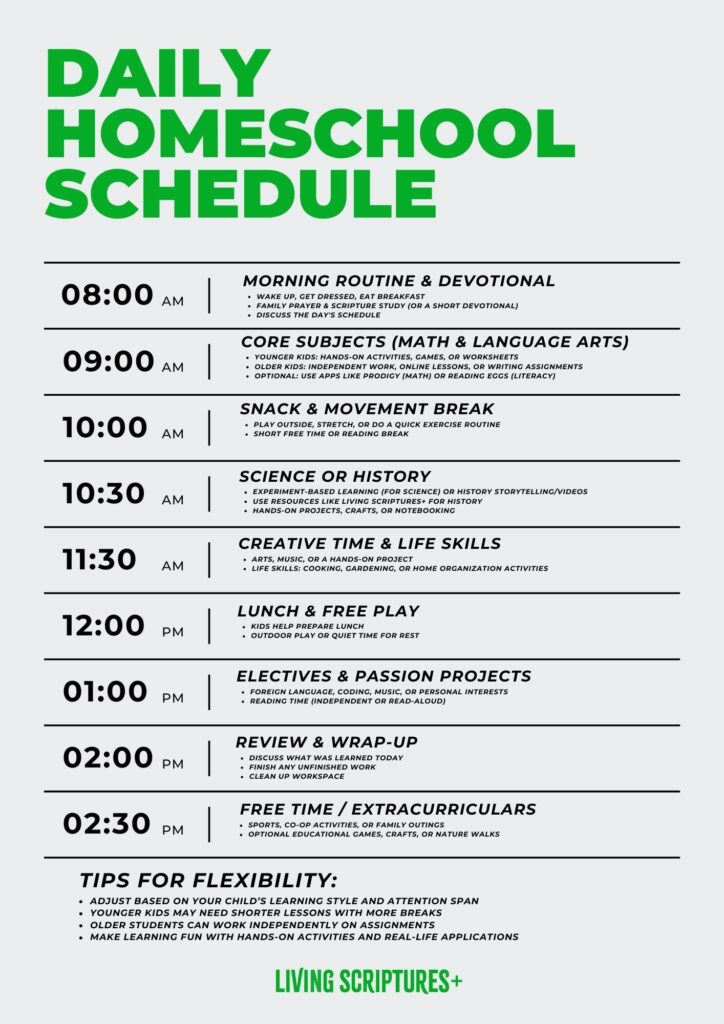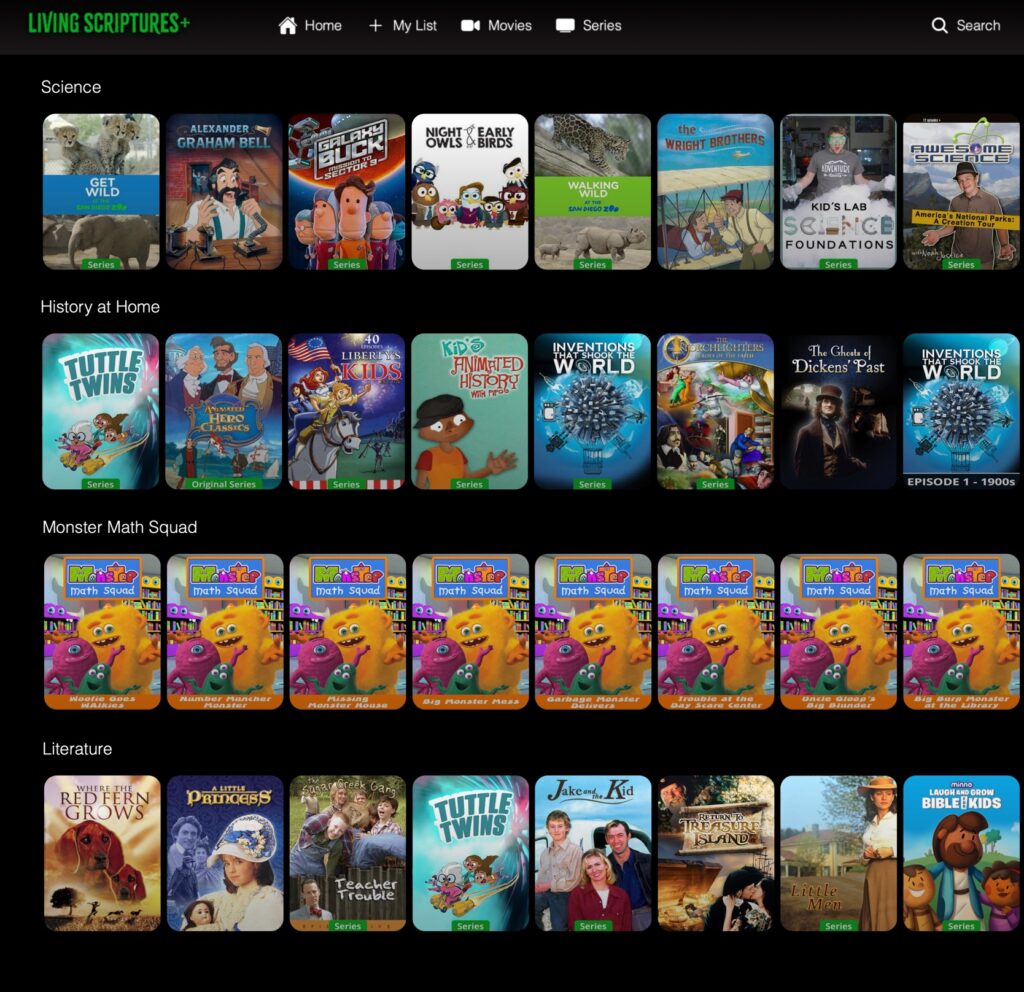Introduction
Homeschooling is no longer a niche option—it’s a growing movement that’s transforming the way children learn. Parents are choosing to homeschool for reasons ranging from personal values to dissatisfaction with traditional schools. When done right, it offers a highly customized, enriched education tailored to a child’s needs.
Of course, homeschooling has its challenges. Many parents worry if they’re truly prepared to take on the role of a teacher. But here’s the good news: you don’t have to do it alone. With the right strategies, you can learn how to home school kids like a pro and create a rewarding learning experience for your family.
Whether you’re just starting your homeschooling journey or looking for ways to refine your approach, here are six tips to help you succeed!
The Challenges of Home Schooling
Before jumping into strategies, it’s essential to acknowledge the hurdles. Homeschooling parents often face problems like maintaining a consistent routine, keeping their kids engaged, and balancing work-life responsibilities.
But here’s the silver lining—these challenges can be tackled with the right tools, mindset, and support. Each homeschooling family is unique, and finding solutions tailored to your child’s needs ensures both you and your kids thrive.
1. Establish a Structured Routine
Kids thrive on consistency, and homeschooling is no exception. A structured routine acts as the backbone of a successful homeschooling experience.
Why it works: A clear schedule gives kids a sense of stability and helps them build discipline, which is crucial for their growth and development. Just like in traditional schools, setting fixed times for lessons, breaks, and extracurricular activities not only helps keep everyone on track but also creates a predictable routine that kids can rely on.
This structure reduces stress, fosters a sense of responsibility, and ensures that both students and parents stay organized throughout the day.
Tips for success:
- Start your day at the same time every morning—that sense of familiarity reduces resistance.
- Use tools like a weekly planner or Google Calendar to plan lessons and activities.
- Build in consistent breaks to ensure kids stay focused. Consider using timers to signal transitions between activities.
Example: The Simpson family starts each day with a morning meeting over breakfast. After reviewing the day’s schedule, their kids feel prepared and excited for what’s ahead. See the free homeschool schedule guide below for more ideas.

2. Create a Dedicated Learning Space
Your homeschooling environment plays a huge role in how effective and engaging lessons can be. A cluttered dining room table doesn’t exactly scream “learning zone.”
Why it works: Creating a dedicated learning space helps kids transition into “school mode” by providing a consistent environment for studying. This reduces distractions, fosters a sense of routine, and improves focus, allowing them to stay engaged and get the most out of their learning time.
Tips for success:
- Set up a small area with a desk, comfortable chair, and good lighting.
- Stock it with necessary supplies—think notebooks, art materials, and reference books.
- Keep tech tools like tablets or computers handy (but stored neatly).
Example: One parent set up a homeschool corner with a world map on the wall, a small bookshelf, and plenty of natural light for her third grader. Her daughter looks forward to spending time in her “school zone” every day.

3. Utilize Online Resources and Educational Tools
You don’t need to reinvent the wheel—numerous online platforms, apps, and courses can complement your homeschooling curriculum.
Why it works: Online resources make learning interactive and engaging, offering tools like videos, quizzes, and games to keep kids interested. They cover a wide range of subjects, from history and science to Christian education, ensuring there’s something for every learner.
These resources also empower parents to teach topics outside their expertise, providing detailed explanations and step-by-step guidance to make even complex subjects more accessible.
Tips for success:
- Incorporate Faith-Based Learning: Use Living Scriptures+ to bring history and Bible stories to life through animated videos, making it easier for kids to grasp key gospel principles.
- Make History Memorable: Watch Living Scriptures+ history series, such as American History or Church History, then reinforce lessons with discussion questions, coloring pages, and interactive quizzes.
- Gamify Learning: Combine engaging platforms like Duolingo (languages) or Prodigy (math) with faith-based video content to keep kids motivated.
- Explore Virtual Field Trips: Pair Living Scriptures+ videos with online museum tours or virtual scripture lands to deepen historical understanding.
Example: While learning about the story of Esther, one homeschool mom played an animated Bible video from Living Scriptures+ to illustrate the lesson. She followed it up with an interactive Bible quiz and a hands-on activity where her kids reenacted the story using dolls and toys. This multisensory approach helped her children deeply understand and remember the message of faith and courage.
4. Incorporate Real-Life Learning Experiences
Textbooks are great, but don’t limit your homeschool lessons to worksheets alone. Real-world learning adds depth and excitement.
Why it works: Practical experiences allow kids to apply their knowledge and see firsthand how lessons translate into the real world. By engaging in hands-on activities, they not only deepen their understanding of concepts but also develop critical thinking, problem-solving skills, and a greater appreciation for how their learning connects to everyday life.
Tips for success:
- Take science outside—birdwatching, nature walks, or gardening can be excellent teaching moments.
- Use grocery shopping trips as lessons in budgeting, addition, and nutrition.
- Plan projects like building a birdhouse or starting a small vegetable garden to foster hands-on learning.
Example: While learning about plant life cycles, one homeschooling parent had their kids start a small vegetable garden. Tracking growth and harvesting their own food made the lesson come alive in a way no textbook could.

5. Balance Academic and Non-Academic Activities
Homeschooling is about more than conquering math problems or memorizing historical dates. Strike a balance between traditional learning and skills that nurture creativity, critical thinking, and emotional development.
Why it works: Holistic learning builds well-rounded individuals by addressing all aspects of a child’s development—emotional, social, physical, and cognitive.
Playtime encourages creativity and problem-solving skills, music enhances memory and emotional expression, and even downtime is crucial for mental processing and relaxation. Together, these elements create a balanced approach to growth, ensuring children thrive in every area of their lives.
Tips for success:
- Incorporate exercise routines, such as yoga or team play, to keep kids active.
- Explore hobbies like painting, sewing, or playing an instrument to engage creativity.
- Dedicate time to discussing feelings, social issues, or community volunteering to nurture empathy and awareness.
Example: A homeschooling dad alternates between daily academic lessons and afternoon group sports sessions in the park. His kids stay fit while socializing with peers.

6. Seek Support from Homeschooling Communities and Professionals
You don’t have to homeschool in isolation. A supportive community can provide valuable advice, encouragement, and resources when the going gets tough.
Why it works: Learning from others’ experiences helps you avoid common mistakes, saving you time and frustration. It also introduces innovative ideas and fresh perspectives that can enhance your homeschool program, making it more engaging and effective for both you and your children. By tapping into the knowledge of those who have been through similar challenges, you can build a stronger, more well-rounded educational experience.
Tips for success:
- Join local homeschooling co-ops for group learning experiences.
- Follow homeschooling blogs or social media groups for tips and inspiration.
- Don’t hesitate to hire a tutor or seek expert advice for particular subjects.
Example: A working mom struggling with high school math found a local tutor for her son through her homeschooling group. It relieved her stress and drastically improved his grades.

The Joy of Home Schooling
Homeschooling is more than just teaching your kids at home—it’s an opportunity to bond as a family, discover their unique learning styles, and witness their growth and development firsthand. It allows you to tailor education to their individual needs, pace, and interests, fostering a love for learning that can last a lifetime.
While challenges may arise, like balancing multiple subjects or staying motivated, each hurdle can be overcome with creativity, patience, and the right support system.
By following these six essential tips, you can create a nurturing, effective learning environment that encourages curiosity and confidence in your children. Whether it’s setting a routine, utilizing hands-on learning tools, or taking regular breaks to refresh, these strategies can make a big difference in your homeschooling experience.
The homeschooling community is vast, diverse, and welcoming—there are countless resources, online groups, and local networks ready to help you navigate this rewarding journey.
Have homeschooling tips or experiences to share? Leave a comment below or share this post with other parents who might find it helpful!

Check Out the Homeschool Library on Living Scriptures+
Looking for engaging, faith-based resources for your homeschool? The Living Scriptures+ Homeschool Library offers a collection of educational videos, interactive quizes, and printable coloring pages to bring history, science, and gospel learning to life. Check it out and enrich your homeschooling journey today!


Watch Top Christian Movies | Movies About the Bible | Start Streaming Today!



